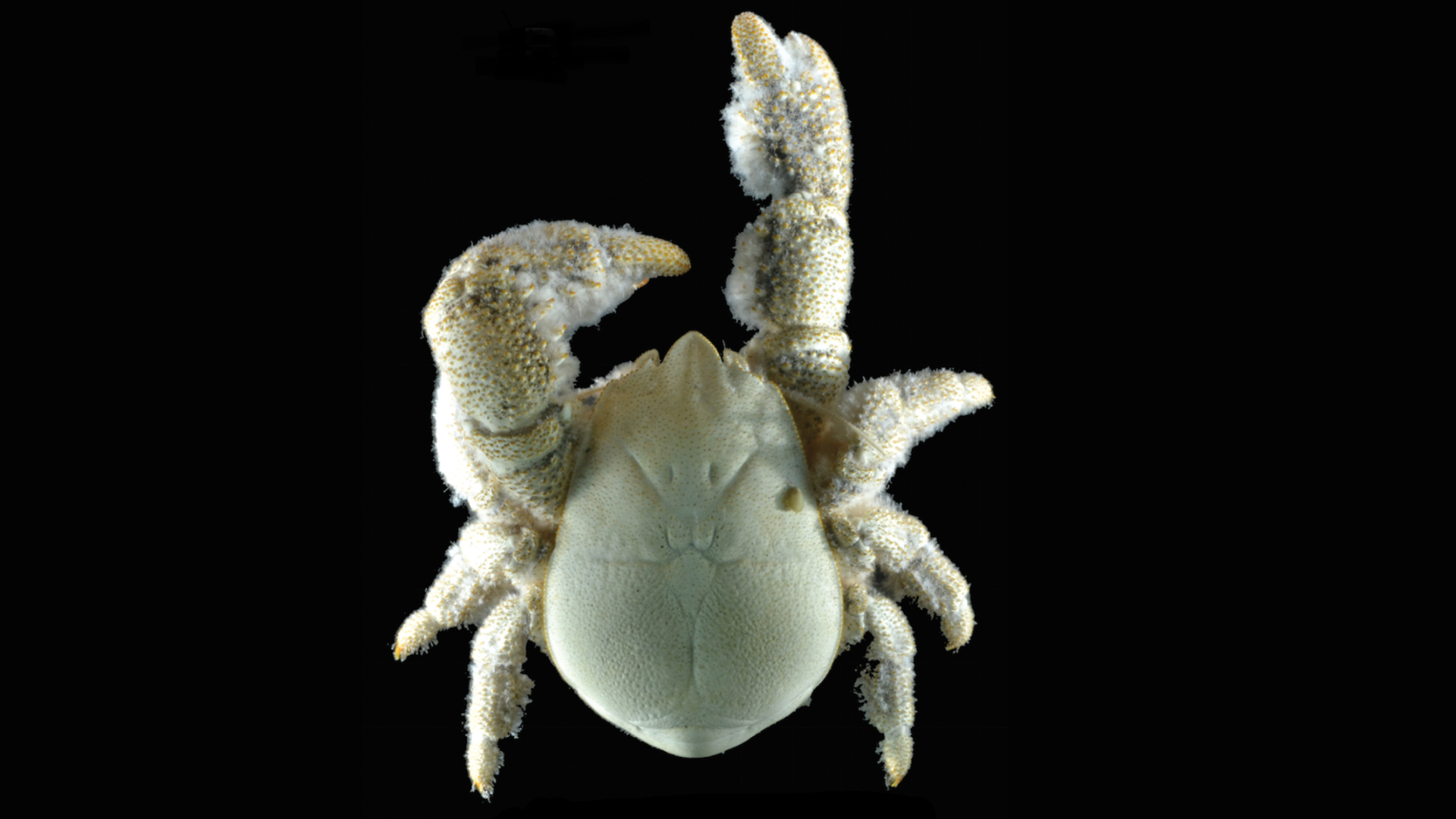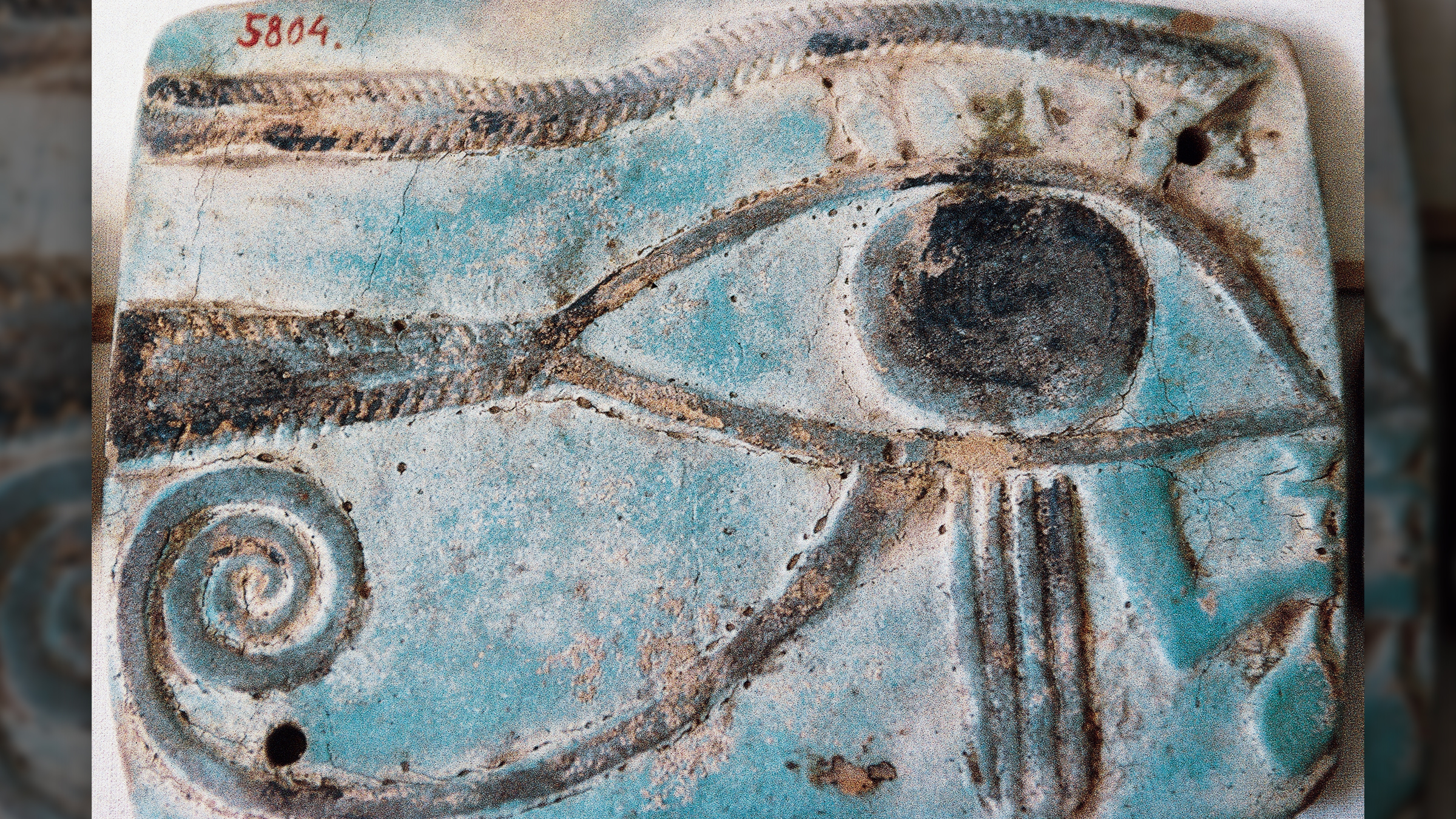Crustaceans
Latest about Crustaceans
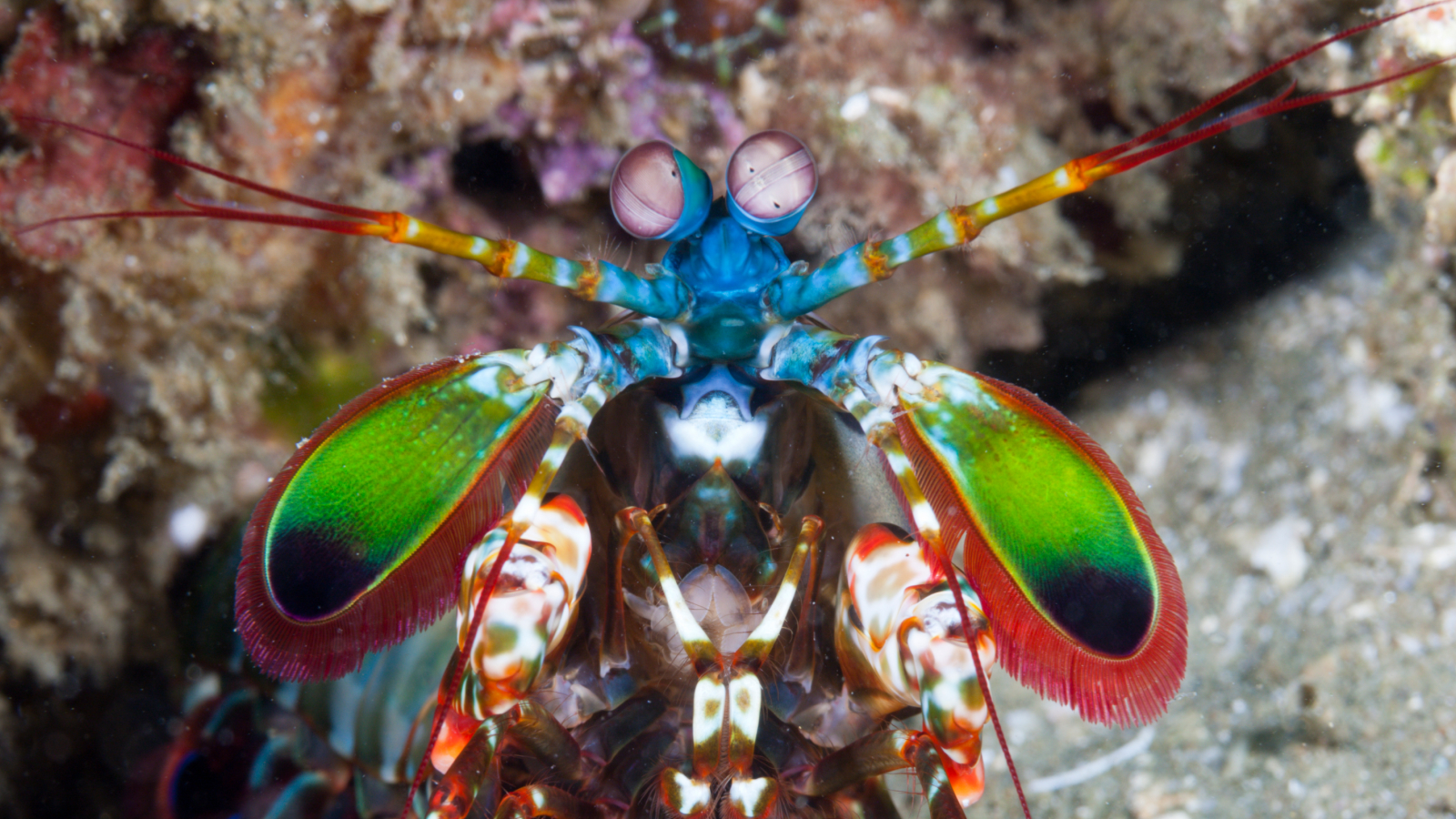
Animal kingdom's most powerful puncher generates a 'phononic shield' to protect itself
By Elise Poore published
The mantis shrimp's club uses a built-in vibration shield that filters out damaging shock waves to enable it to strike with bullet-like force without breaking.
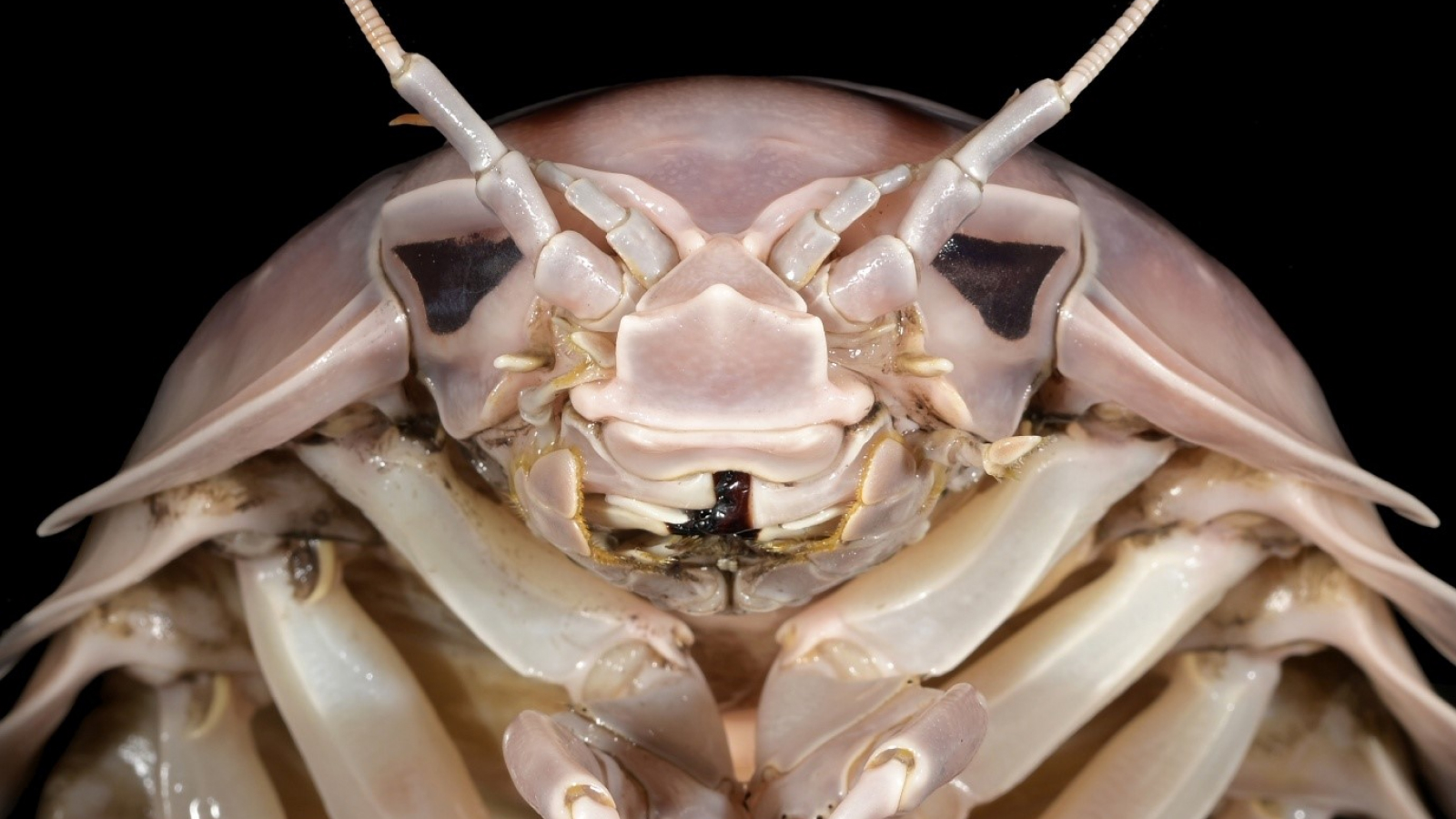
New supergiant 'Darth Vader' sea bug discovered in South China Sea — and it's absolutely massive
By Jacklin Kwan published
The giant isopod has been named Bathynomus vaderi due to its resemblance to Darth Vader's iconic helmet from "Star Wars."
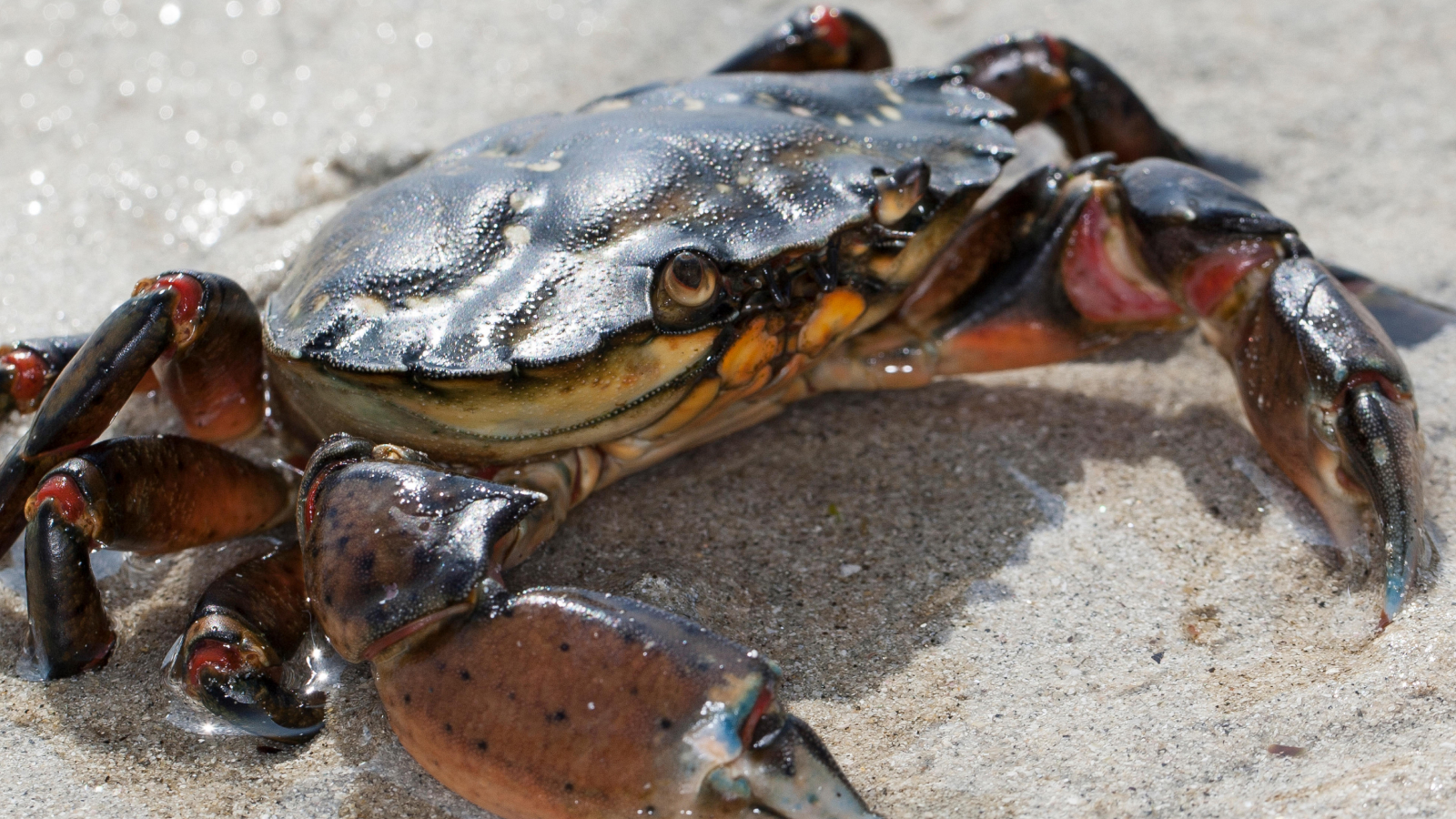
Do crabs feel pain?
By Olivia Ferrari published
A growing body of research suggests crabs, lobsters and other animals caught for seafood can feel pain. Scientists are pushing for legal protections to ensure they are treated humanely.
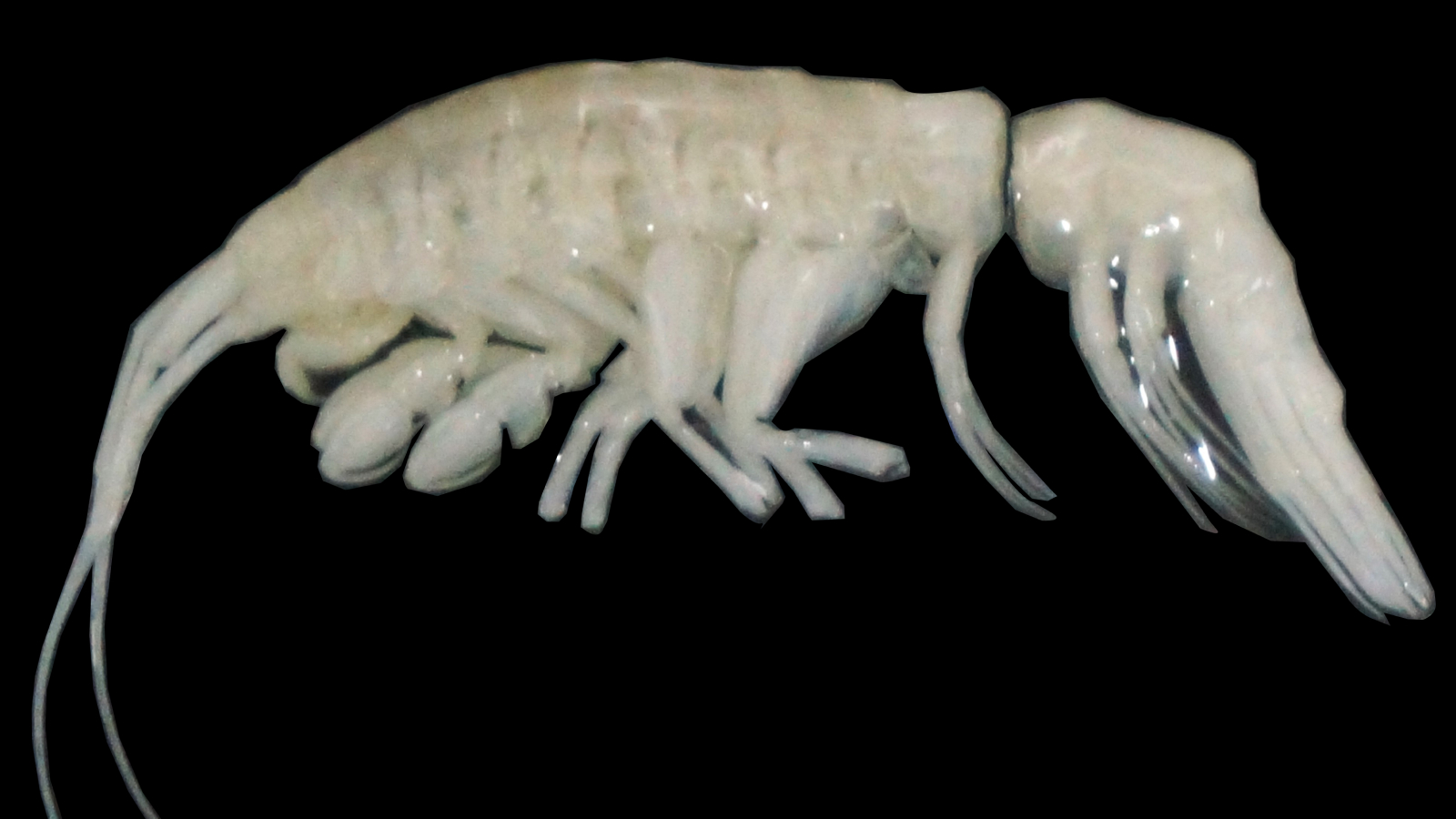
Large, ghostly white crab-like predator discovered at the bottom of the Atacama Trench
By Jacklin Kwan published
A never-before-seen predatory crustacean that feeds on other smaller creatures in the hadal zone was discovered in the Atacama Trench at a depth of 25,900 feet.
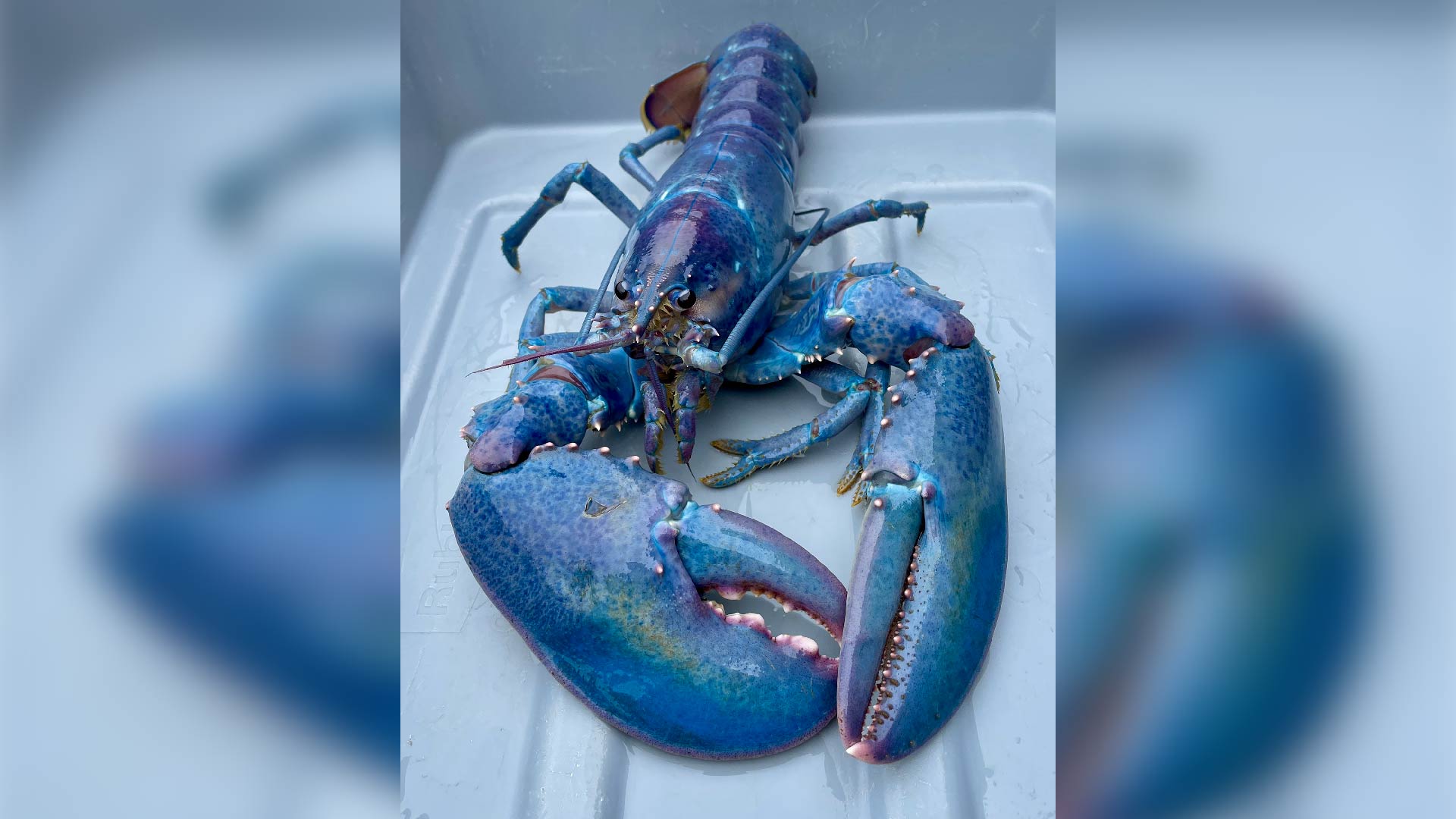
1-in-100 million 'cotton candy' lobster caught off New Hampshire alive and well at aquarium
By Tiffany Taylor published
A beautiful and rare "cotton candy" lobster caught in New Hampshire may be due to a combination of genetics and diet.

'You can see its guts and things': Weird see-through crustacean with giant eyes discovered off the Bahamas
By Melissa Hobson published
Scientists have discovered a new species, related to the roly poly bug, that plays an important role in keeping the ocean healthy.
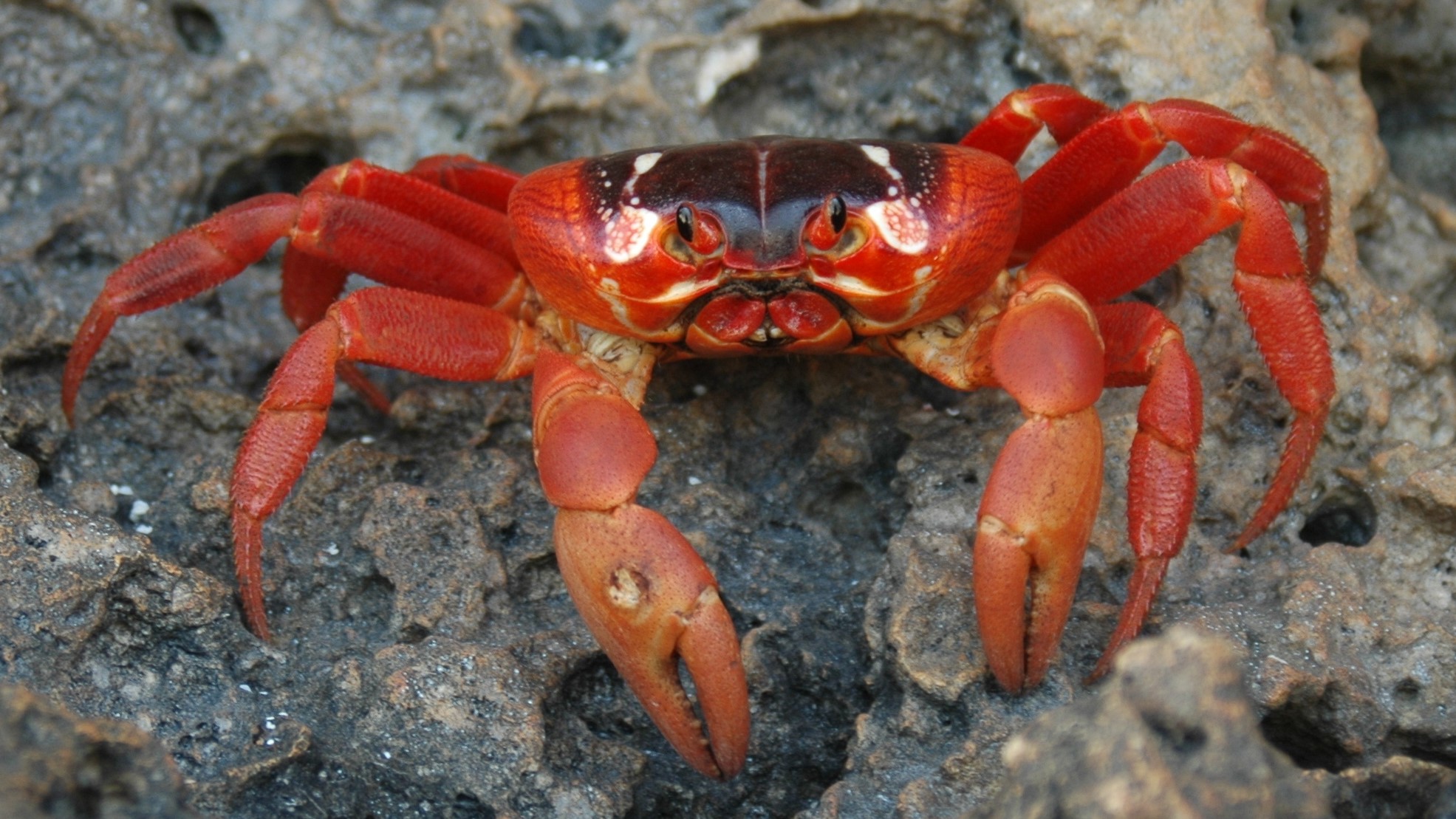
Crabs keep evolving to go from the sea to the land — and back again
By Carys Matthews published
True crabs evolved to migrate between marine and land environments multiple times throughout their 250 million-year-old history, new study finds.
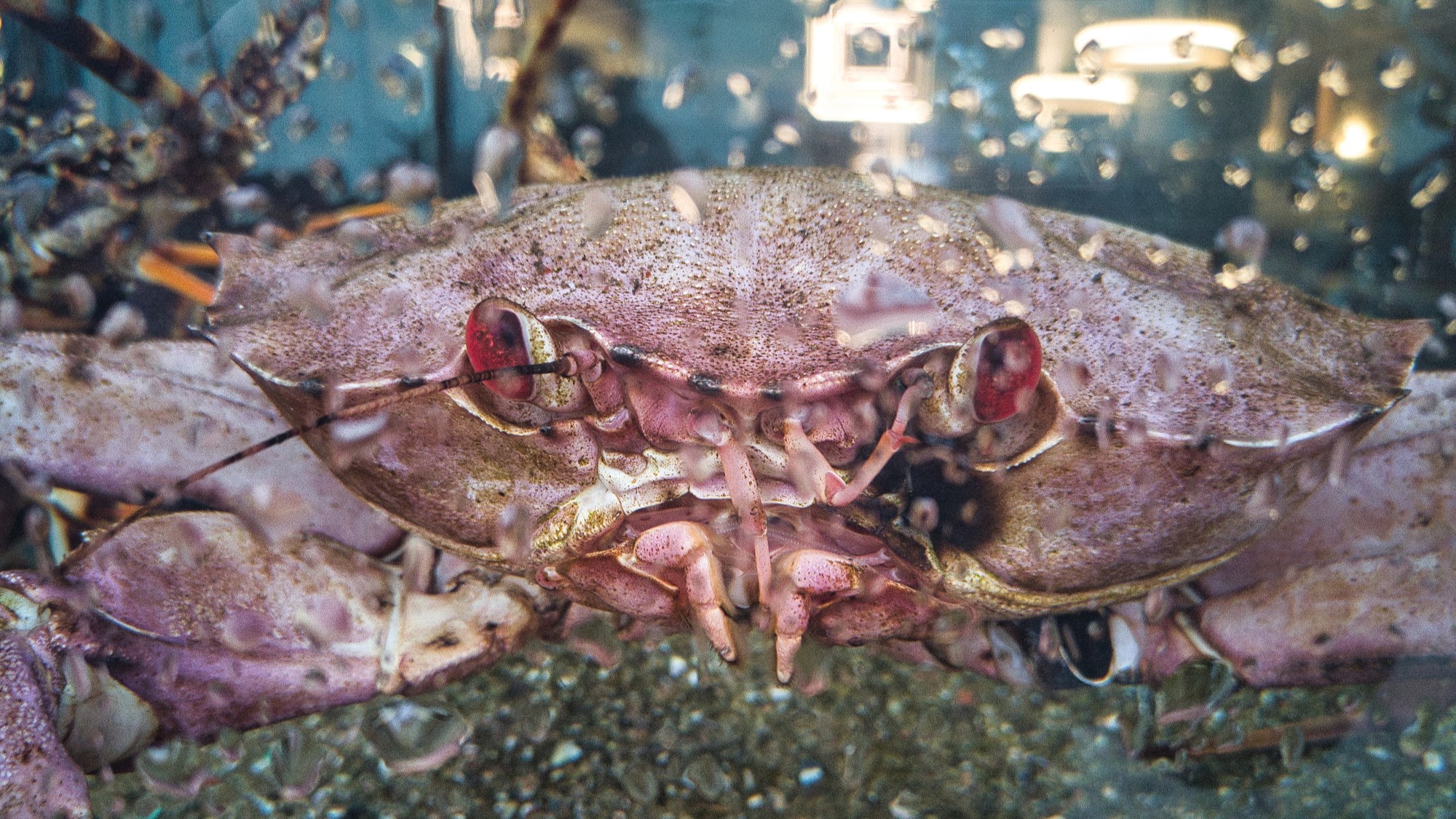
More than 10 billion snow crabs starved to death off the coast of Alaska. But why?
By Sascha Pare published
A large population of snow crabs in the eastern Bering Sea collapsed after a marine heat wave in 2018 and 2019 that multiplied the crabs' caloric needs and drove them to starvation.

'Hauntingly beautiful' image of a golden horseshoe crab wins wildlife photography competition
By Sascha Pare published
French photographer Laurent Ballesta has received this year's Wildlife Photographer of the Year award for his image of a tri-spine horseshoe crab off Pangatalan Island in the Philippines.
Sign up for the Live Science daily newsletter now
Get the world’s most fascinating discoveries delivered straight to your inbox.
